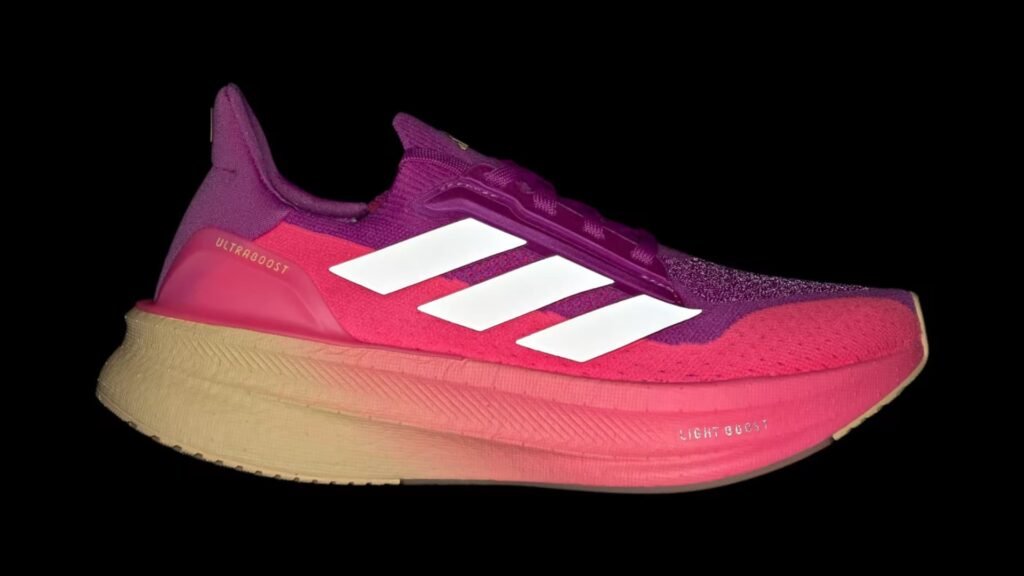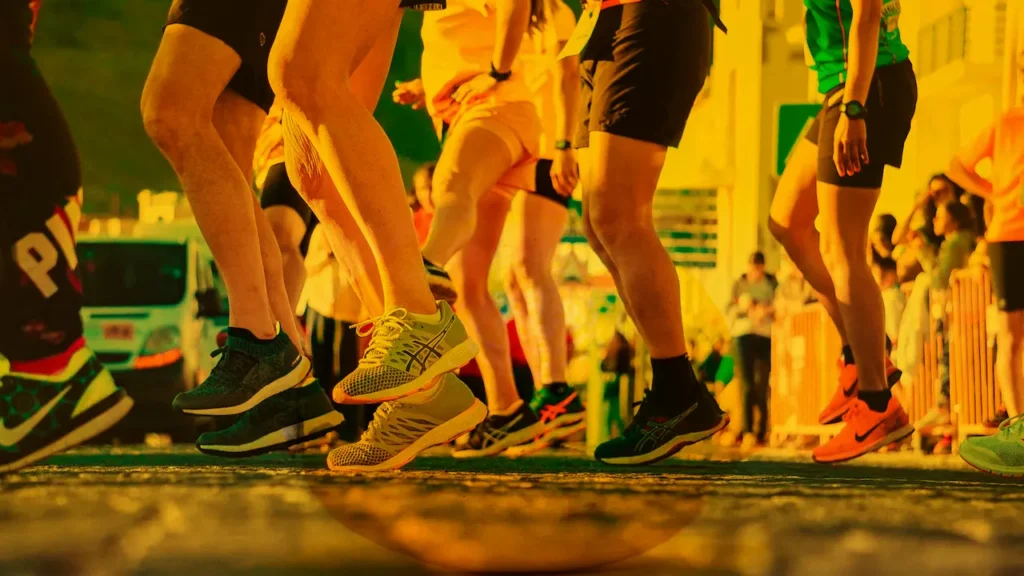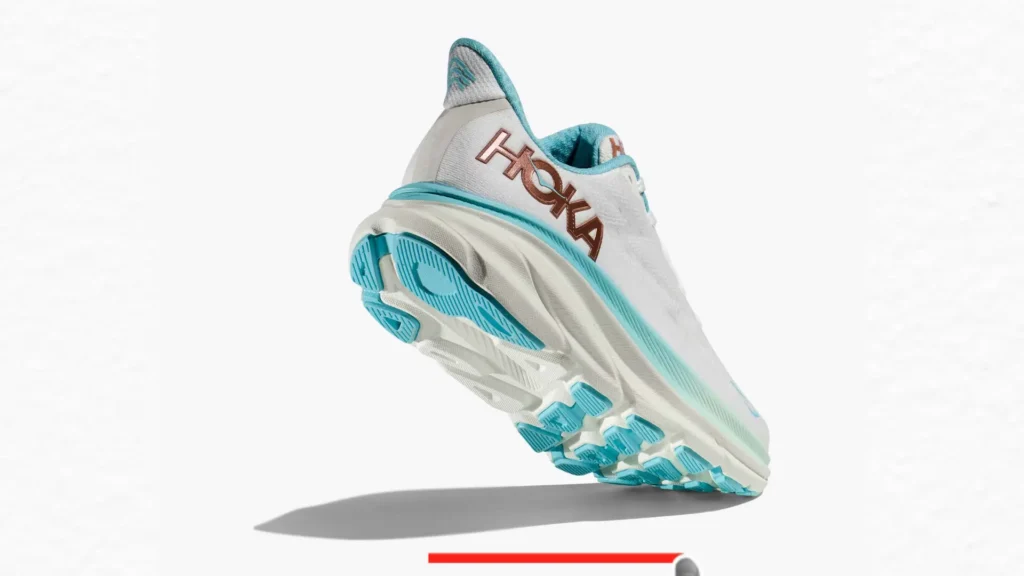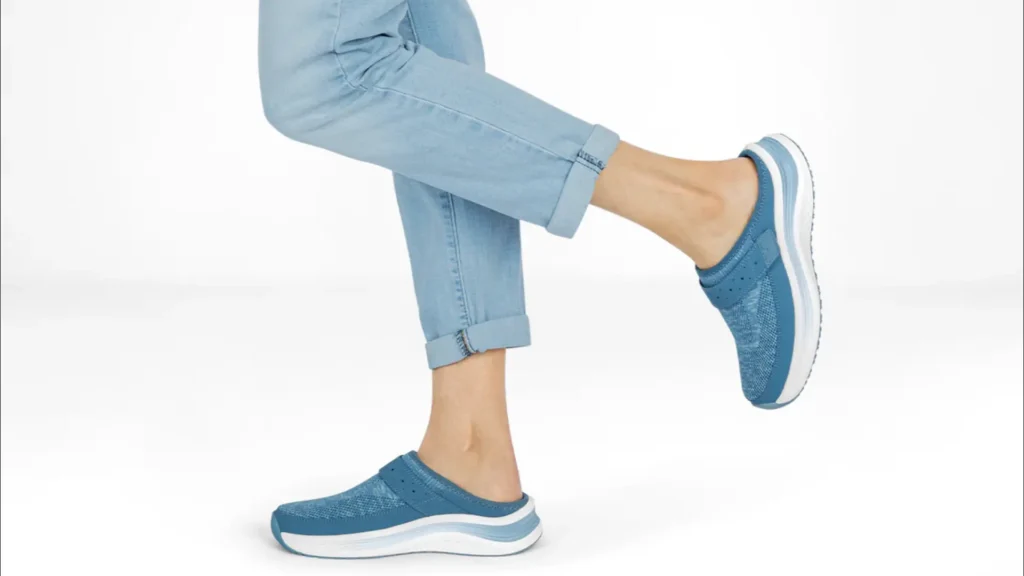Hip-hop culture has shaped sneaker trends for over five decades, turning athletic shoes into global symbols of style and status. In the 1970s, Bronx block parties saw breakdancers pair Adidas and Puma sneakers with bold outfits, sparking a movement. This fusion of music, dance, and fashion grew into a billion-dollar force, driven by artists and fans.
How Hip-Hop Culture Shaped Sneaker Fashion
Hip-hop culture has transformed sneaker fashion by turning athletic shoes into symbols of identity, status, and creativity. In the 1970s, early hip-hop artists in New York City wore sneakers during block parties. This shift made sneakers a staple, growing from streetwear to a global trend.
Artists showcased brands such as Adidas and Puma in performances, setting a new standard. Music videos in the 1980s and 1990s amplified this, displaying bold designs to millions. Fans copied their idols, driving demand for specific models.
By the 2000s, hip-hop’s influence turned sneakers into luxury items. Collaborations with artists created limited-edition releases, boosting hype. Social media now fuels this, with stars posting their latest pairs.
The connection reflects hip-hop’s focus on individuality. Sneakers became a canvas for self-expression, matching the culture’s bold spirit. This bond reshaped fashion, merging music and style worldwide.
Statistics show sneaker sales tied to hip-hop hit billions annually. Resale markets thrive, with rare pairs fetching thousands. Hip-hop’s power keeps sneakers central to modern trends.
Early Days of Sneaker Culture in Hip-Hop
Sneaker culture in hip-hop took root in the 1970s in the Bronx, New York. Block parties hosted by DJs such as Kool Herc paired music with dance, and sneakers fit the scene. Breakdancers chose Adidas Superstars and Puma Suedes for grip and durability.
These shoes were affordable, making them popular with young fans. They matched baggy clothes and bold chains, forming hip-hop’s early look. This practicality laid the foundation for a lasting trend.
Puma and Adidas stood out at street events, gaining traction. Dancers needed flexible, tough shoes, and these brands delivered. The style spread through neighborhoods, tying shoes to the culture.
By the 1980s, sneakers moved beyond function. Artists wore them on stage, boosting visibility. Fans noticed, and demand grew fast.
The trend was grassroots, born from street life. It reflected hip-hop’s raw, creative energy. Sneakers became a badge of belonging.
Data shows early sneaker sales spiked in urban areas. Brands saw the potential, targeting hip-hop fans. This era set the stage for decades of influence.
Run-D.M.C. redefined sneaker history in 1986 with their song “My Adidas.” They wore Adidas Superstars without laces, a street style from jails, where laces were removed. This look became iconic, cementing a bond with Adidas.
Their $1 million deal with Adidas was a first for hip-hop. It turned sneakers into a cultural symbol. Fans filled concerts wearing Superstars, copying the trio.
The group’s bold move bridged music and fashion. They rapped about their shoes, giving Adidas free promotion. Sales soared, and the brand gained street cred.
Run-D.M.C. performed at Madison Square Garden in 1986, holding up their sneakers. Thousands of fans did the same, proving hip-hop’s power. This moment marked a turning point.
Adidas capitalized, marketing to urban youth. Other brands took note, chasing hip-hop’s growing fanbase. The deal showed artists could shape trends.
Their influence lasts today, with Superstars still tied to hip-hop. Resale sites list vintage pairs at high prices. Run-D.M.C. built a legacy in sneaker culture.
Why Sneakers Matter in Hip-Hop
Sneakers hold a key place in hip-hop as symbols of style and status. They show wealth, taste, and street roots. Artists made them essential, wearing bold pairs on stage.
In the 1980s, sneakers moved from sports to fashion. Rappers chose unique designs to stand out. Fans followed, buying the same models to connect.
Shoes became a way to express identity. Bright colors and rare styles showed individuality. This matched hip-hop’s focus on personal stories.
Economic data ties sneakers to hip-hop’s rise. Sales of favored brands grew in the 1990s. Resale markets now value rare pairs in thousands.
Artists mention shoes in lyrics, boosting their fame. Music videos display them, driving trends. Fans see sneakers as a link to the culture.
The importance goes beyond looks. Sneakers tie to hip-hop’s street origins. They remain a core part of the scene today.
Adidas Superstars, Nike Air Jordans, and Puma Suedes lead in hip-hop popularity. Superstars gained fame with Run-D.M.C. in the 1980s. Air Jordans soared with rappers in the 1990s.
Timberland boots joined the mix, favored by East Coast artists. Wu-Tang Clan and Notorious B.I.G. wore them in the 1990s. Their rugged look fit the era’s sound.
Puma Suedes appealed to early breakdancers for flexibility. They stayed relevant through decades. Artists showcased them in videos and shows.
Nike’s Air Force 1 also won fans. Its clean, white design suited hip-hop’s bold style. Rappers praised them in lyrics, lifting sales.
Statistics show these models top sales charts. Resale platforms list them at high prices. Limited editions keep demand strong.
These sneakers appear in music videos and concerts. Fans buy them to mimic stars. They define hip-hop’s fashion legacy.
Sneaker Brands Tied to Hip-Hop
Adidas, Nike, Puma, and Timberland dominate hip-hop’s sneaker scene. Adidas grew with Run-D.M.C.’s 1986 deal. Their Superstars became a hip-hop staple.
Nike rose with Air Jordans, launched in 1985. Rappers wore them, praising the bold look. Sales spiked, tying Nike to the culture.
Puma connected early, with Suedes worn by breakdancers. The brand kept a strong presence. Artists valued its simple, tough designs.
Timberland boots joined in the 1990s. East Coast rappers, such as Jay-Z, embraced them. Their durability suited hip-hop’s gritty image.
Sales data shows these brands lead in urban markets. Collaborations with artists boost their fame. Limited drops create buzz and high prices.
Each brand fits hip-hop’s style and story. They appear in lyrics and videos. Their bond with the culture endures.
Air Jordans became a hip-hop symbol after Nike’s 1985 launch. Michael Jordan’s fame drew rappers to the red and black design. Nelly’s 2002 song “Air Force Ones” boosted their status.
Artists wore Jordans in videos and on stage. The shoes blended sports and street style. This mix fit hip-hop’s bold vibe.
Sales of Air Jordans spiked in the 1990s. Rappers referenced them in lyrics, driving demand. Fans saw them as a status marker.
Designs evolved, with new colors each year. Limited releases created hype. Resale prices climbed, some pairs hitting thousands.
Kanye West and Travis Scott later collaborated with Jordan. Their custom designs sold out fast. This kept Jordans central to hip-hop.
The shoe’s legacy ties to music and fashion. It remains a symbol of cred and style. Hip-hop keeps it alive today.
Hip-Hop Artists and Sneaker Brand Collaborations
Hip-hop artists partner with brands to create custom sneakers. They design unique colors and patterns, blending music with fashion. These releases draw fans and sell out fast.
Kanye West teamed with Nike, then Adidas, for Yeezys. His 2015 launch changed the game. Limited drops fueled demand and resale prices.
Travis Scott worked with Nike and Jordan. His Air Jordan 1, with earthy tones, won fans. Releases sparked lines and online frenzy.
Pharrell Williams joined Adidas for Human Race shoes. His bold designs reflected hip-hop’s spirit. They sold out, boosting the brand.
Brands gain from artists’ fame and reach. Sales soar with each collaboration. Data shows billions in revenue from these deals.
Artists promote shoes on social media. Fans buy to feel closer to stars. This cycle drives the sneaker market.
Kanye West’s Adidas Yeezy line, launched in 2015, stands out. The unique shapes and colors sold out instantly. Resale prices hit thousands, showing hip-hop’s pull.
Travis Scott’s Air Jordan 1, released in 2019, made waves. Its earthy tones and backward swoosh drew fans. Drops caused chaos, with high demand online.
Pharrell’s Adidas Human Race line brought bold style. Launched in 2016, the colorful designs flew off shelves. They tied music and fashion together.
Jay-Z’s Reebok S. Carter, out in 2003, marked history. The clean design suited hip-hop’s look. It sold well, proving artist power.
Sales data highlights these releases’ impact. Limited batches create buzz and value. Resale markets thrive on their rarity.
These collabs blend hip-hop’s voice with design. Fans chase them for style and status. They shape sneaker culture today.
Evolution of Hip-Hop and Sneaker Trends
Hip-hop and sneakers started in the 1970s with function. Breakdancers wore Adidas and Puma for dance. This laid a base for style.
The 1980s brought Run-D.M.C. and Adidas deals. Their “My Adidas” song pushed sneakers to fame. Fans adopted the look, spreading it wide.
In the 1990s, Timberland and Air Jordans joined in. East Coast rappers wore boots, West Coast chose Nikes. Variety grew, matching hip-hop’s reach.
The 2000s saw collabs, such as Jay-Z with Reebok. Luxury crept in, with rarer designs. Sales climbed, driven by artist hype.
By the 2010s, social media took over. Kanye’s Yeezys and Travis Scott’s drops went viral. Limited editions fueled a global craze.
Today, billions in sales tie to hip-hop. The trend mixes street roots with luxury. It keeps evolving with music and tech.
Hip-hop began in the 1970s in the Bronx. DJs and dancers wore sneakers at block parties. Adidas and Puma fit the bill.
Breakdancers needed grip and flexibility. Superstars and Suedes worked well and cost little. They became part of the look.
Street fashion mixed with music early on. Bold clothes paired with simple shoes. This combo defined hip-hop’s style.
Parties spread through neighborhoods. Sneakers gained traction with youth. Brands noticed, targeting the scene.
Sales grew in urban areas. Data shows a spike in the 1970s. Sneakers tied to hip-hop from the start.
The trend was raw and real. It came from the streets. This birth shaped decades of fashion.
Run-D.M.C. led the 1980s sneaker wave. Their 1986 song “My Adidas” praised Superstars. They wore them laceless, a bold street style.
Adidas signed a $1 million deal with them. This first-of-its-kind pact boosted sales. Fans wore Superstars to shows, copying the look.
The group performed at Madison Square Garden. They raised their shoes, and fans followed. This moment proved hip-hop’s influence.
Adidas targeted urban youth after this. Other brands chased the trend. Sneakers became a music symbol.
Superstars sold fast, data shows. The laceless style spread wide. Run-D.M.C. changed fashion forever.
Their legacy lasts in hip-hop style. Vintage pairs fetch high prices today. The 1980s built a strong bond.
Nike launched Air Jordans in 1985. Michael Jordan’s fame drew hip-hop artists. The red and black design stood out.
Rappers wore them in videos and lyrics. Nelly’s 2002 track “Air Force Ones” helped. Jordans mixed sports with street cred.
Sales surged in the late 1980s. Fans wanted the bold look. Hip-hop made them a must-have.
New colors dropped yearly, exciting fans. Limited releases built hype. Resale values climbed fast.
Artists such as Kanye West wore them. Their popularity grew through the 1990s. Jordans became a hip-hop staple.
The shoe’s tie to music endures. Billions in sales trace to this. Hip-hop keeps Jordans iconic.
The 1990s brought new sneaker styles to hip-hop. Timberland boots joined Adidas and Nike. East Coast rappers embraced their rugged look.
Wu-Tang Clan wore Timberlands in videos. Notorious B.I.G. paired them with bold outfits. This shift added variety to fashion.
Air Jordans stayed strong, too. West Coast artists chose Nike. The scene grew diverse and wide.
Music videos showed off new designs. Fans bought boots and sneakers alike. Brands saw sales climb high.
Puma kept a role with Suedes. Simple styles suited the culture. Hip-hop’s reach expanded fast.
Data shows urban sales spiked. The 1990s mixed grit and flash. Sneakers and boots defined the era.
Why Sneakers Fit Hip-Hop’s Identity
Sneakers match hip-hop’s focus on self-expression. Artists pick bold colors and rare designs. This shows their unique style.
They tie to the culture’s street roots. Early fans wore affordable pairs. Shoes became a personal statement.
Rappers wear them on stage. Fans copy, feeling part of the scene. This cycle drives trends forward.
Lyrics mention sneakers, boosting fame. Music videos flash them to millions. The bond grows stronger each year.
Sales data links shoes to hip-hop. Billions come from key brands. Resale markets value rare pairs.
Sneakers reflect status and taste. They suit hip-hop’s bold voice. The fit keeps them central.




